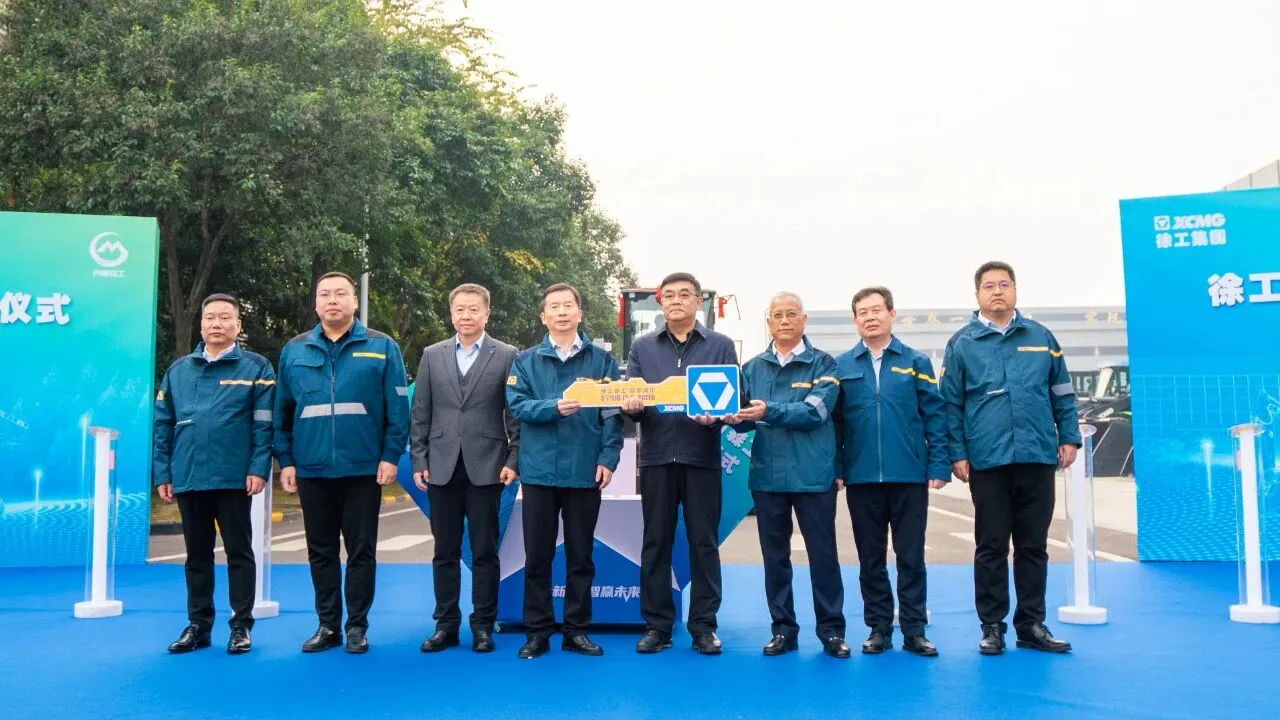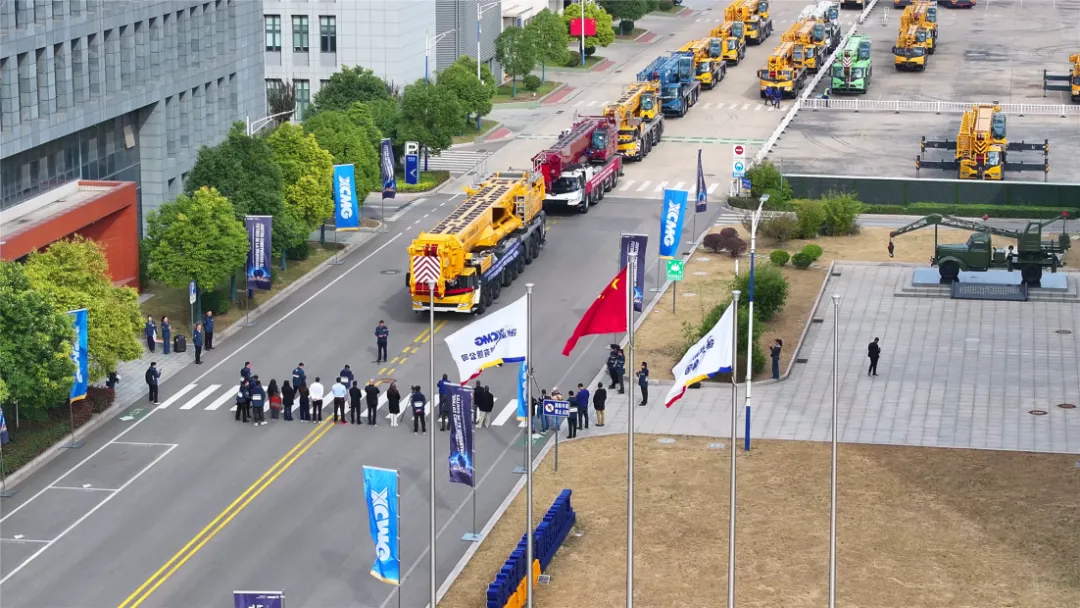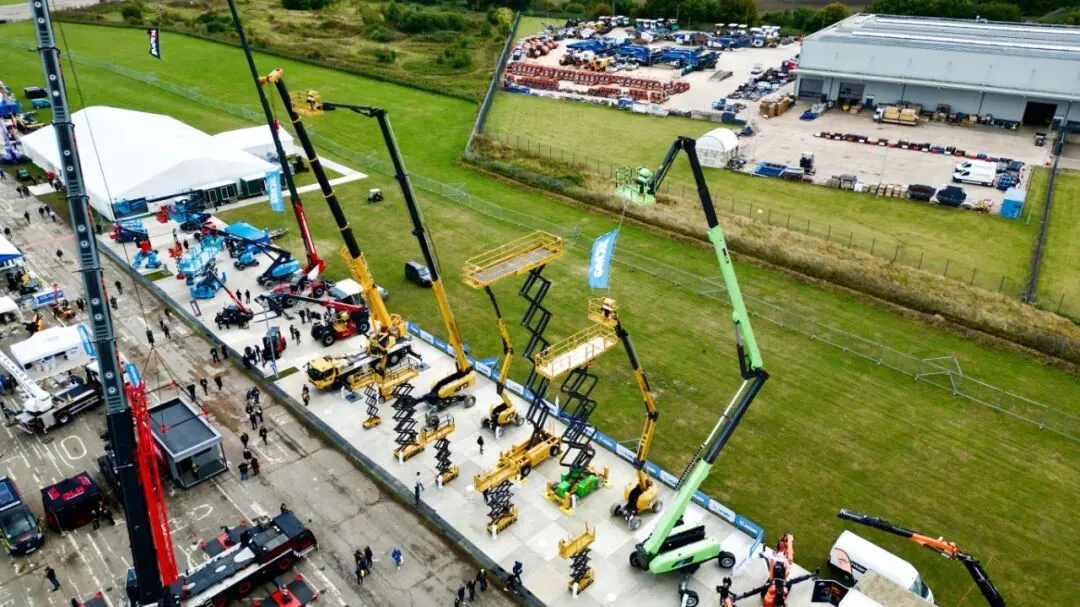Buyers Guide -- Foundation Drilling Rigs
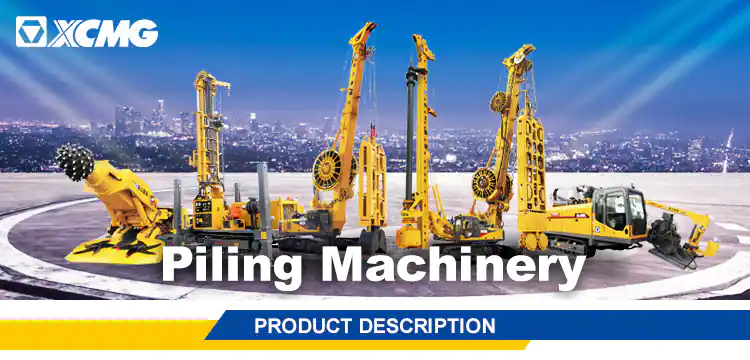
Foundation drilling is,
in essence, using big machines to put big holes in the ground.
Most residential homes
have a reinforced, concrete slab foundation poured on top of the ground. Though
some settling and shifting will occur, it is not enough to send the walls
tumbling down. However, huge structures like bridges and office buildings, need
foundations that can handle some movement and are strong enough to carry the
weight of the building itself and what’s on or inside of it. To do this, large
construction projects use foundation drilling rigs to create drilled shafts.
Also known as drilled piers, caissons or bored piles, drilled shafts are
constructed by pouring concrete into a drilled hole. The load is supported
mainly through skin friction where the subsurface soil surrounding the shaft
holds it in place. End-bearing shafts carry the weight load on the base of the
shaft. This type of drilled shaft is used less often.
The type of rig used
depends on several factors. How deep and what the diameter of the holes will
be, obviously. But, the type of soil, where the project is located (in a city or
out in the boonies), and how much room there is to maneuver are just some of
the considerations. The project requirements will also dictate which foundation
drilling method is used.
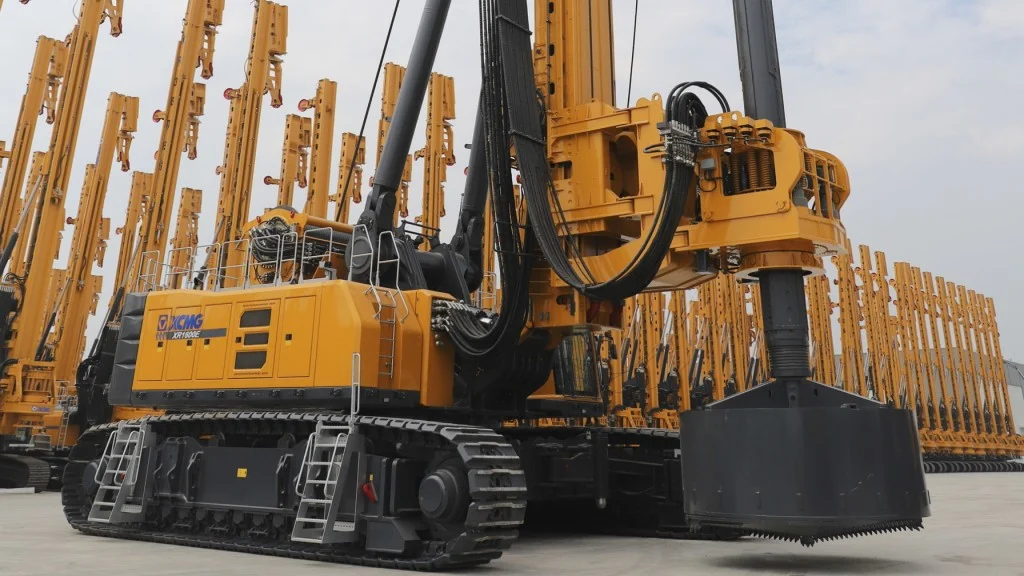
How to Select Foundation Drilling Rig
Selecting the right foundation drilling rig
can be daunting. They’re expensive – so you want to get it right the first
time. You want to drill down (pardon the pun) to what your requirements truly
are. Once you understand your “must-have” (hard) requirements, you can find the
foundation drilling rig to meet them.
There is no one-size-fits-all drill that works for all types of drilling
and all site conditions.
Job Description
You want to determine the specifics of the
job you need to get done. The diameter and depths of the holes, the type of
soil, and the features of the site must be known.
Location Challenges
Are you working on rough terrain? Is the
job in the heart of a city where noise reduction is critical? Is it a small lot
or other tight space that will require smaller, more nimble equipment? The rig
you choose must be able to work within the limitations of the job site.
Mobility
An autonomous crawler drilling rig does not
need additional equipment or a separate power source to move around the job
site. Truck-mounted and trailer-mounted foundation drilling rigs need to be
powered by a generator or by the truck that’s moving them about.
Stability
An important part of any foundation
drilling rig is the stability of the platform. The amount of ground pressure
the rig exerts matters. It impacts how large the platform must be. So, the size
of the construction site can limit the weight of the rig you can buy. The
manufacturer will tell you how much pressure their rig exerts. Lighter weight
models, such as Commachio’s MC 3, can provide plenty of power and still squeeze
through areas as narrow as 9mm.
The rig should be placed on level and firm
ground. The area must graded to support the rig per the manufacturer’s
specifications. Crane mats can be used to support the platform. They are
typically made from 12″ thick timbers and are available in lengths from 8- to
40-feet. Widths of 4, 5, or 6 feet are available. The Crane Mat Company also
offers custom mats and used mats that have been returned through their buyback
program. You can also rent crane mats. Bridgewell makes all-steel Mammoth Mats
for multi-million pound rigs.
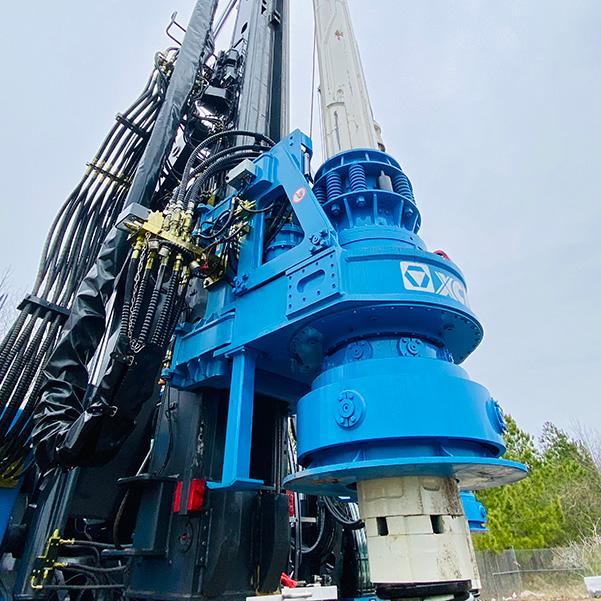
On Special Occasions
Some jobs require custom features that you
won’t be able to use for other projects. If possible, select a standard
foundation drilling rig and add attachments that will meet the requirements of
a particular job. You want the rig you select to have the broadest use possible.
Cutting Technology or Old School?
Fancy color screens, automatic placement,
and torque technology are terrific. But you may not need them to complete a
project. The training required to use the features of high-tech equipment also
adds to the project timeline and budget. Sometimes a foundation drilling rig
that is less high-tech with a longer track record is a lower-risk – and lower
cost – solution.
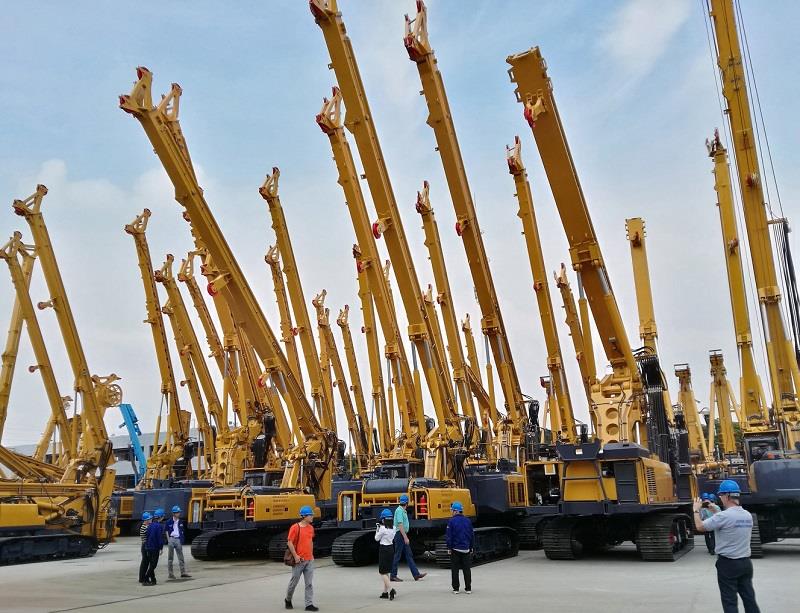
Price
It is natural to think of price first. But,
resist the urge. Figure out what your requirements are for the job. You should
have two lists – hard requirements and “soft” requirements. (Soft requirements
are nice-to-have features that are not necessary to get the work done.) Present
this information to at least three vendors and let them advise which foundation
drilling rigs are best based on these requirements. Considerations can also be made for ongoing
maintenance costs, reliability as well as flexibility.
Wrap Up
The most important aspect of selecting a
foundation drilling rig is understanding what you really need to get the job
done. Take the time to meet with a sales engineer and other experts to clearly
define the project requirements. Find a few models that will meet your needs
then shop around.

